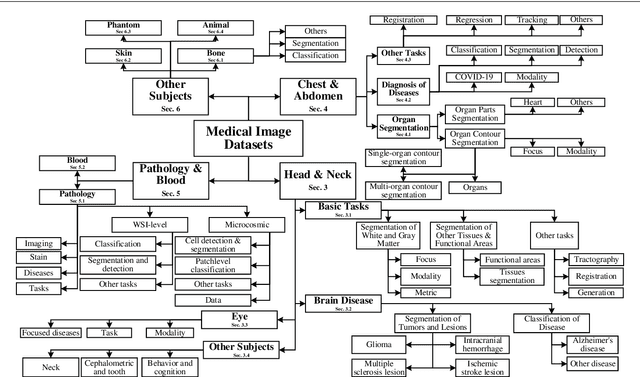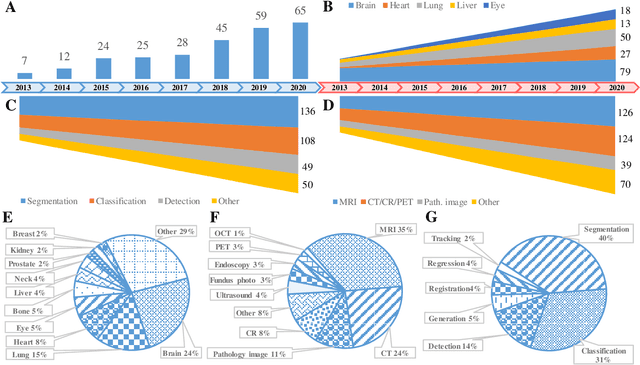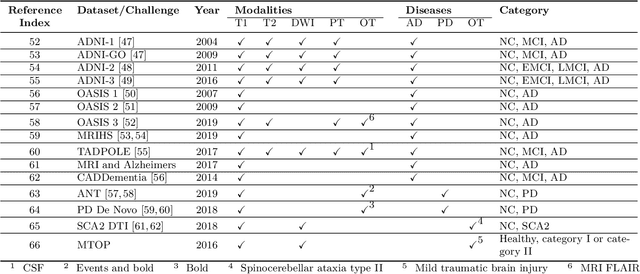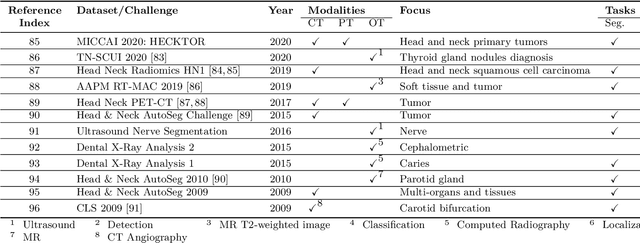Lin Mei
DMM: Disparity-guided Multispectral Mamba for Oriented Object Detection in Remote Sensing
Jul 11, 2024



Abstract:Multispectral oriented object detection faces challenges due to both inter-modal and intra-modal discrepancies. Recent studies often rely on transformer-based models to address these issues and achieve cross-modal fusion detection. However, the quadratic computational complexity of transformers limits their performance. Inspired by the efficiency and lower complexity of Mamba in long sequence tasks, we propose Disparity-guided Multispectral Mamba (DMM), a multispectral oriented object detection framework comprised of a Disparity-guided Cross-modal Fusion Mamba (DCFM) module, a Multi-scale Target-aware Attention (MTA) module, and a Target-Prior Aware (TPA) auxiliary task. The DCFM module leverages disparity information between modalities to adaptively merge features from RGB and IR images, mitigating inter-modal conflicts. The MTA module aims to enhance feature representation by focusing on relevant target regions within the RGB modality, addressing intra-modal variations. The TPA auxiliary task utilizes single-modal labels to guide the optimization of the MTA module, ensuring it focuses on targets and their local context. Extensive experiments on the DroneVehicle and VEDAI datasets demonstrate the effectiveness of our method, which outperforms state-of-the-art methods while maintaining computational efficiency. Code will be available at https://github.com/Another-0/DMM.
A Systematic Collection of Medical Image Datasets for Deep Learning
Jun 24, 2021



Abstract:The astounding success made by artificial intelligence (AI) in healthcare and other fields proves that AI can achieve human-like performance. However, success always comes with challenges. Deep learning algorithms are data-dependent and require large datasets for training. The lack of data in the medical imaging field creates a bottleneck for the application of deep learning to medical image analysis. Medical image acquisition, annotation, and analysis are costly, and their usage is constrained by ethical restrictions. They also require many resources, such as human expertise and funding. That makes it difficult for non-medical researchers to have access to useful and large medical data. Thus, as comprehensive as possible, this paper provides a collection of medical image datasets with their associated challenges for deep learning research. We have collected information of around three hundred datasets and challenges mainly reported between 2013 and 2020 and categorized them into four categories: head & neck, chest & abdomen, pathology & blood, and ``others''. Our paper has three purposes: 1) to provide a most up to date and complete list that can be used as a universal reference to easily find the datasets for clinical image analysis, 2) to guide researchers on the methodology to test and evaluate their methods' performance and robustness on relevant datasets, 3) to provide a ``route'' to relevant algorithms for the relevant medical topics, and challenge leaderboards.
 Add to Chrome
Add to Chrome Add to Firefox
Add to Firefox Add to Edge
Add to Edge